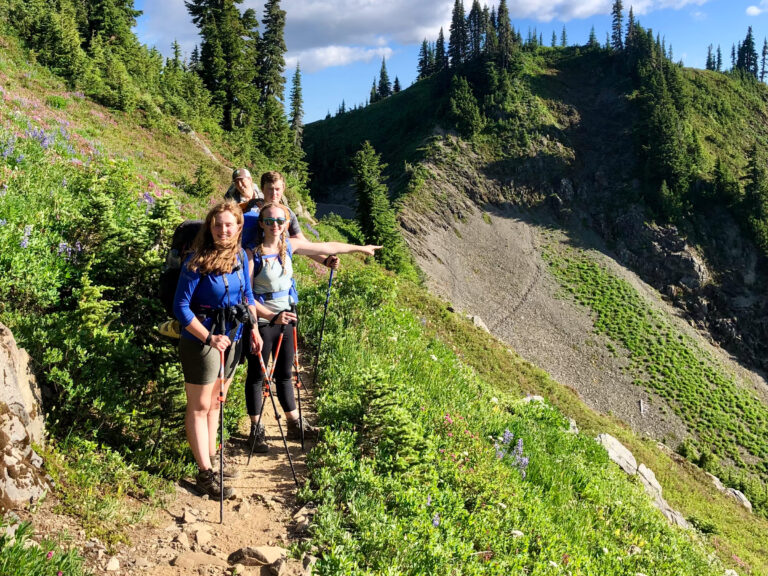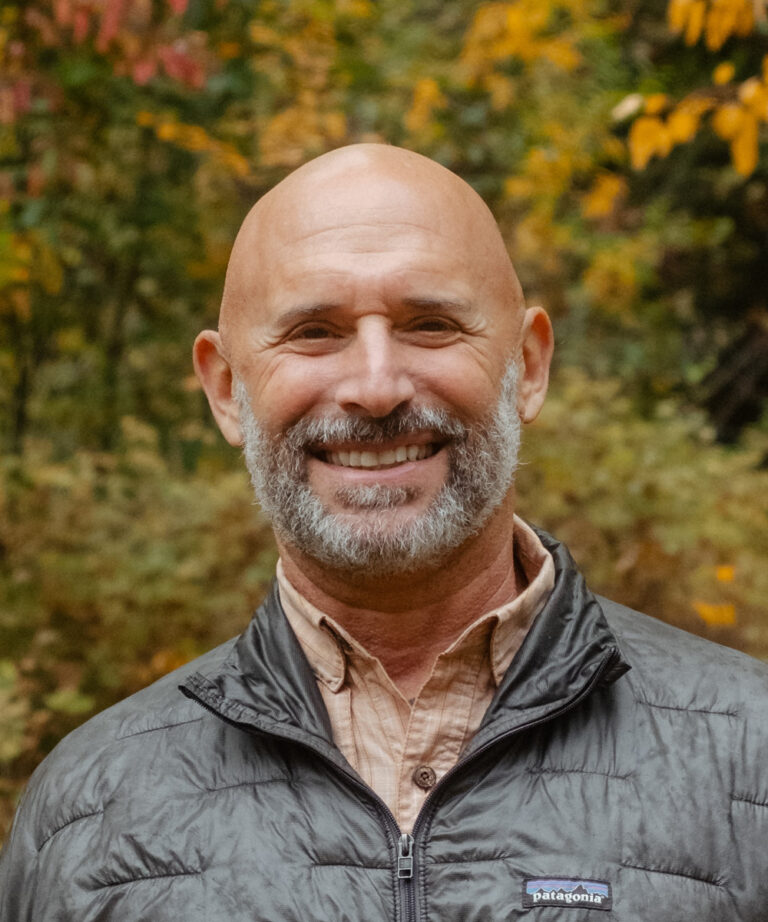Nature Exploring In Eastern Washington And North Idaho
Rich Leon
Adventure Trail Publishing, 2009, 68 pages
With my initial scan of the Table of Contents of Nature Exploring I knew this book would bring back memories. From Boy Scout camping trips in the environs of the Little Pend Orielle Wildlife Refuge to hikes in the Kettle River Range and the scablands around Odessa during my college years, many of Leon’s “nature” areas are old friends. Most local readers will find the same to be true.
Reading Nature Exploring confirmed my expectations. Most of the individual essays triggered a memory or two. Further, Leon provides just enough information on the flora, fauna and geology of the areas he describes. He draws you in enough to stimulate your own research. Where he suggests you might find mushrooms in an area you will be tempted to get a book on mushrooms before you go there.
Leon identifies 34 “Nature” locations in the book. Given that many of these like the Centennial Trail, Mt. Spokane State Park and the Kettle Crest Trail afford multiple opportunities, Nature Exploring will provide the enthusiast with a weekly experience for at least a year. Leon gives the reader hints of what to look for at each site: wildflowers, animals and unique geological features. He cautions the reader of potential “hazards,” like cheat grass, rattlesnakes and ticks, the user might encounter. One way to expand the nature experience is to enjoy the areas during different seasons. For example, an autumn hike along the Riverside State Park section of the Centennial Trail provides a completely different experience than skiing it in the winter.
For the newcomer and long-time resident alike the list of guidebooks provides a useful compliment to Nature Exploring. Finally, Leon gives us a list of local organizations dedicated to helping preserve the places he describes. Supporting them will help insure that we have at least semi-wild nature to explore in the future. This book should be in the “Welcome Wagon” basket for all those new to Spokane. It will provide the novice Spokane area outdoor user with a comprehensive look at our region.
Stan Miller
Major Taylor: The Fastest Bicycle Rider In The World
Andrew Ritchie
Van der Plas/ Cycle Publishing, 2nd Edition, 2009
As the nineteenth century faded and the twentieth blossomed, bicycle racing was at its peak of popularity – even in the USA.
Arguably, the fastest man alive was cyclist African-American Marshall “Major” Taylor.
An early strange set of circumstances gave Taylor a bicycle and entry into the world of bicycle racing. With a keen intellect and awesome physical power, he quickly rose to the top.
From shattering velodrome speed records to multi-day continuous rides, Major Taylor is seen as a consummate strategist who gave all he had to win – time and time again. There’s even some vaudeville thrown in, and some rare friendships with white competitors.
That is the upside when reading this book. The downside is the backdrop upon which all his accomplishments take place. Attempts to prevent him from competing against whites were common. Threats were made against his life. Prizes would go unpaid. Although a celebrity, Taylor was often denied lodging and meals because of his race, all across our nation. When he competed in Europe, none of this racism existed. Only once was Major Taylor denied lodging in Paris. Why? Because the hotel was full of Americans who all threatened to check out if he was allowed to check in.
The author doesn’t editorialize or elicit emotions with opinion. He doesn’t need to. The facts tell a story of one man’s triumph on the track juxtaposed with the shameful failure of a nation.
This biography ends just like you think it will. But knowing that doesn’t make you feel any better when you get there.
There are a couple of newer books about Major Taylor, but this is still, supposedly, the best. The author spent a lot of time with Taylor’s daughter who died in 2005. The book is heavily footnoted with many photographs.
In his postscript, Andrew Ritchie wonders why it is that he, a white man from Great Britain, is the first to tell the story of Major Taylor. And I wonder why many of us aren’t done living our part of it.
John Griffith













